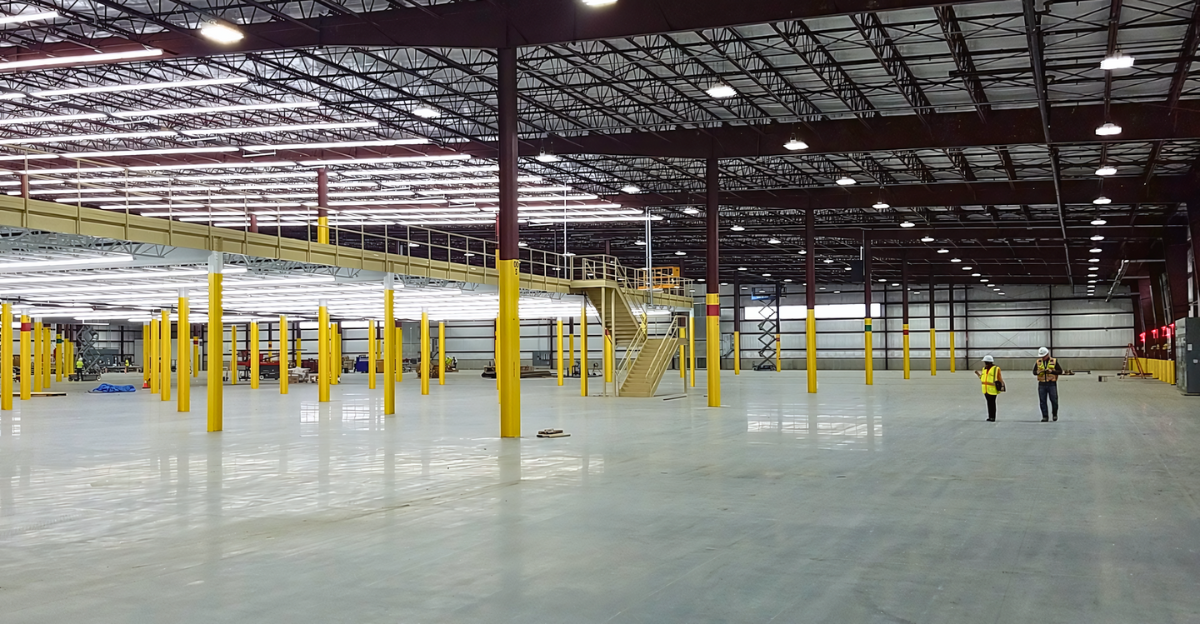
America’s industrial backbone is under unprecedented strain. Cushman & Wakefield data shows that fully 7.1% of U.S. warehouse space was empty in Q2 2025, the highest vacancy rate since the Great Recession era. This 11-year high marks the end of the pandemic-driven boom that had every available square foot in fierce demand. Yet even as vacancy balloons, a strange paradox is emerging: rents continue to climb.
In other words, the old assumption that empty space means bargain prices isn’t holding true. Behind these numbers are manufacturers, retailers and logistics operators confronting a very different market than they expected – one where holding space and inventory has become a liability.
Pressure Building
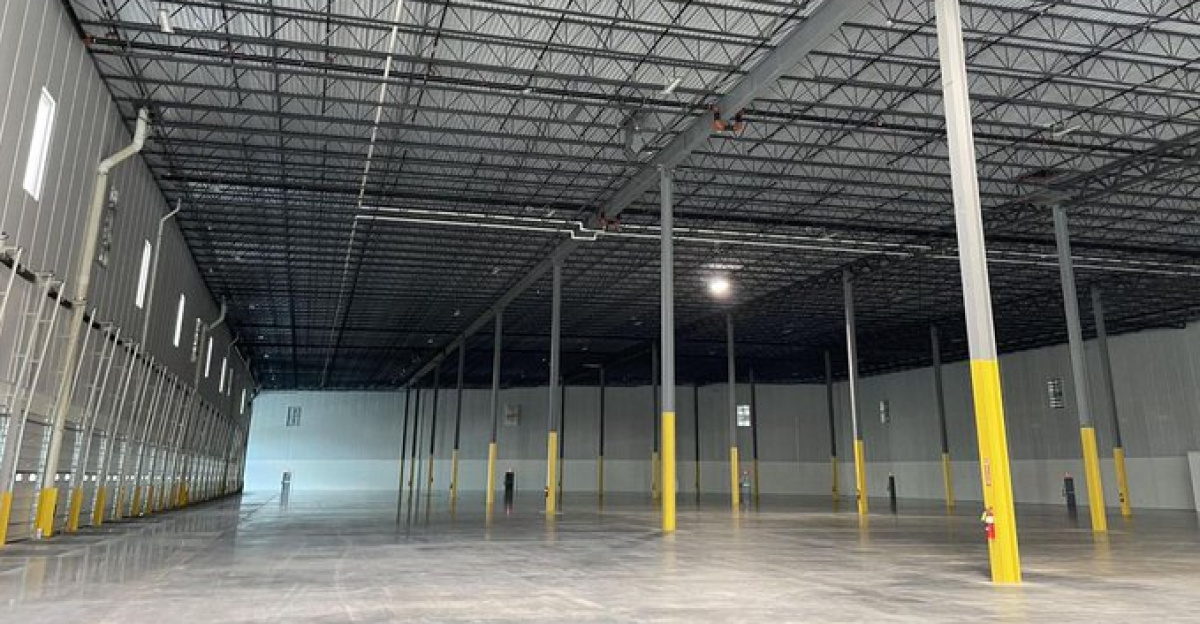
By early 2025, an alarming imbalance had emerged. More than 71.5 million square feet of new warehouse space was completed in Q2 alone, but tenants only absorbed about 29.6 million square feet of it. Put bluntly, developers built roughly three times as much space as was needed, leaving vast “big box” facilities vacant. Net absorption (the difference between move-ins and move-outs) plunged 32% year-over-year as companies put expansion plans on hold.
Many that had accelerated inventory imports at the start of the year now found themselves with excess stock and no immediate outlet.
Foundation Shaking
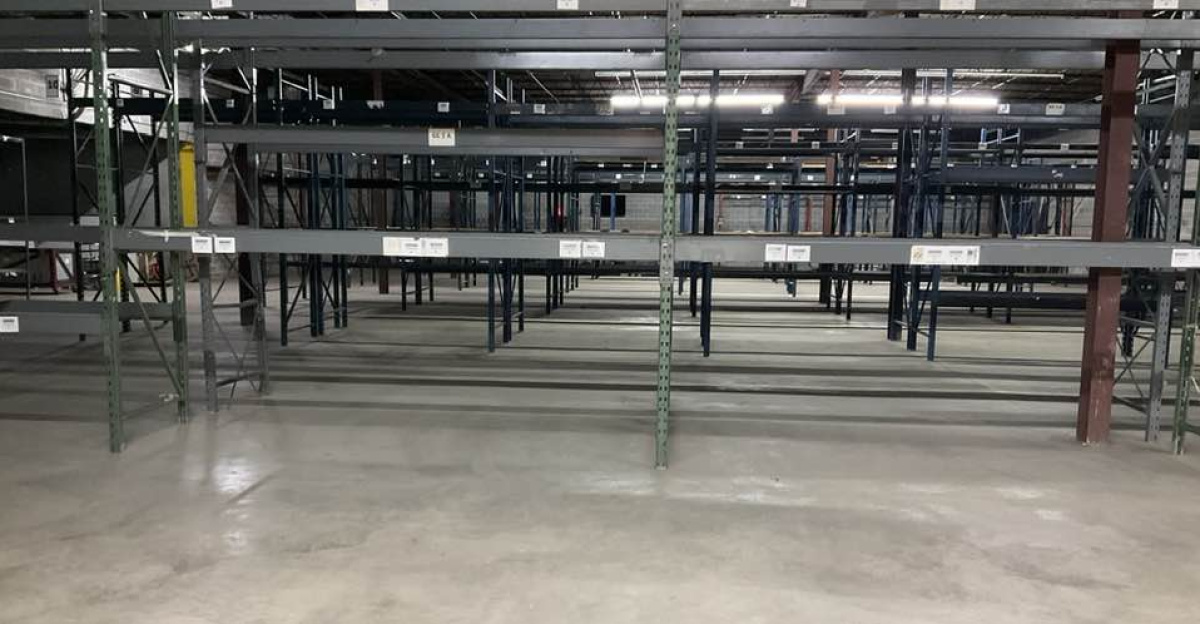
The warehouse gold rush of 2020–22 is clearly over. During the pandemic, companies rushed to secure space—often without signed leases—to ride surging online demand. Now the aftershock is evident. A whopping 71% of all new warehouse deliveries in early 2025 were speculative (built without a tenant in place). That level of overbuilding has not been seen since before 2014.
In fact, historical data confirm this is uncharted territory: U.S. warehouse vacancy has now officially topped 7%, the first time since Q2 2014 that the industry has been so loose.
Pressure Cooker

The headwinds coming from trade policy have only intensified the pressure. Uncertainty over tariffs and trade deals has made companies extremely cautious about committing to new long-term leases. In recent months, firms have front-loaded goods into existing warehouses to avoid future duties, then paused expansion plans when policy signals changed.
For instance, Susan Spence, chair of the ISM manufacturing survey, notes that “the biggest issue on our panelists’ minds continues to be the effect of tariffs on their supply chain and their cost structure”.
Breaking Point
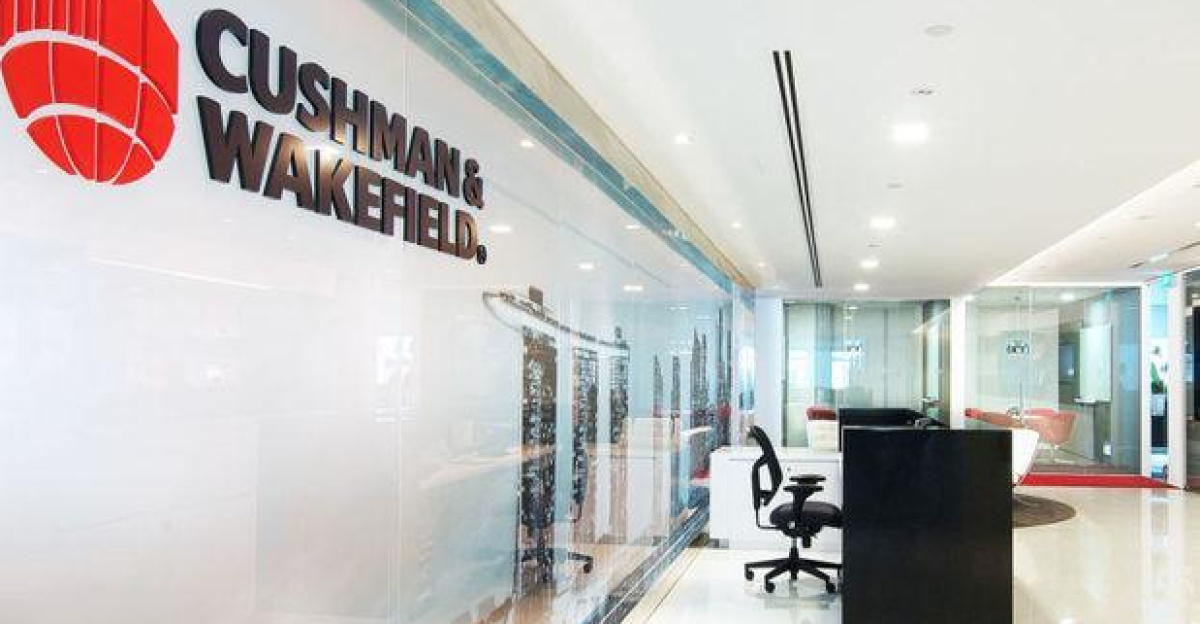
By Q2 2025 the long-anticipated reckoning arrived. The national vacancy rate officially breached 7.1%, according to Cushman & Wakefield, snapping a ten-year tightening streak. In Washington and boardrooms alike, this milestone is being hailed as a watershed. As one analyst put it, “the warehouse market just hit a wall.”
Cushman’s head of logistics, Jason Tolliver, noted that retailers had “frontloaded goods” earlier in the year and then “paused leasing amid tariff uncertainty”.
Regional Reckoning
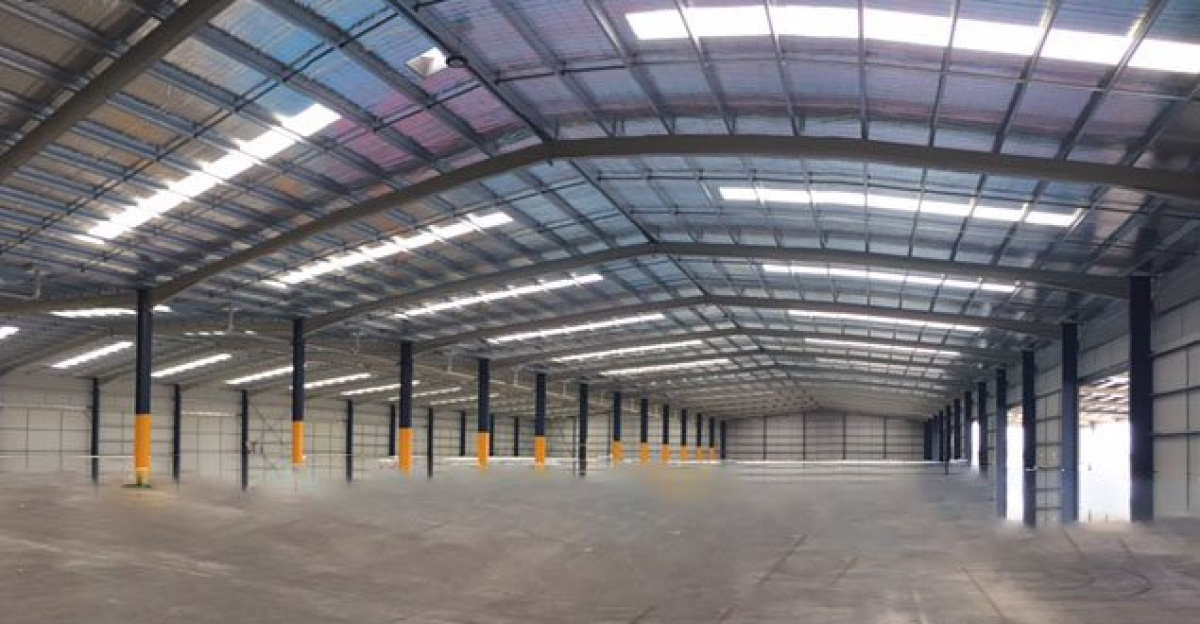
The impacts vary sharply by geography. In the West Coast strongholds — notably Southern California — the vacancy surge is most acute. The Inland Empire and Los Angeles market each lost around 1–2 million square feet of net demand this quarter, a simultaneous contraction not seen in over a decade.
Shippers there report a glut of empty space, with some warehouses idle as tenants consolidate or evaporate. “It feels like half the industry is scrambling to find a purpose for existing space,” said one regional broker.
Human Impact
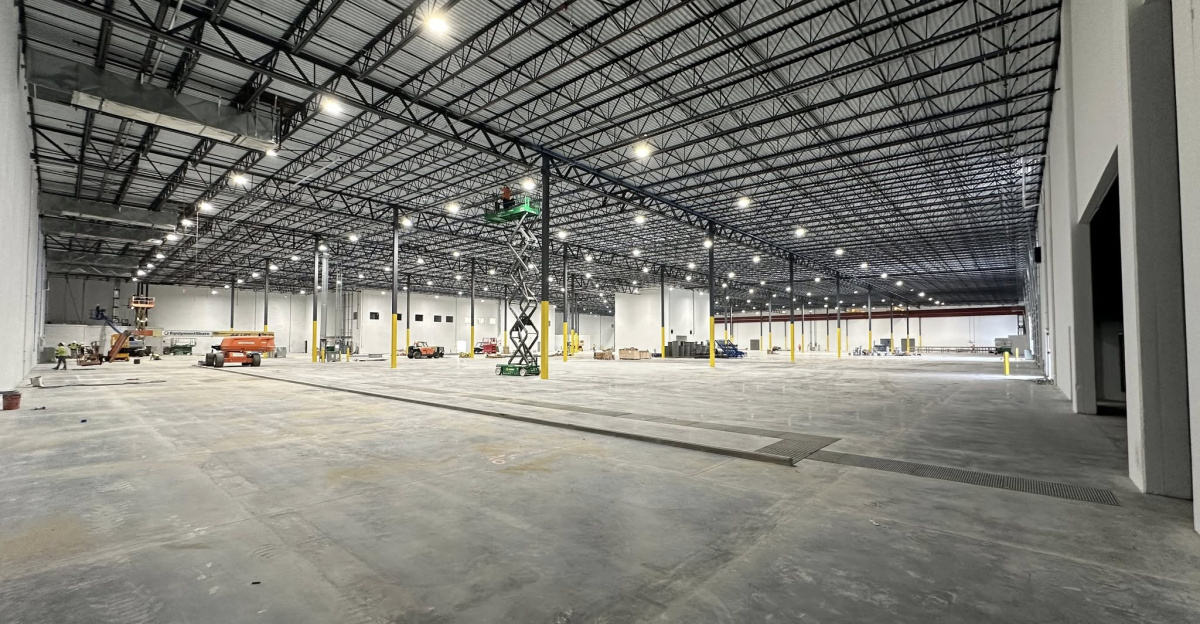
Behind the statistics lie real communities feeling the pinch. In places like Southern California’s Inland Empire, tens of thousands of jobs depend on warehouse activity. Consolidations and vacancies translate directly into layoffs, relocations and uncertainty for workers. For example, one local community leader described companies vacating entire facilities in Fontana (including a 1-million-square-foot UPS site) and leaving hundreds of employees scrambling to find new work.
At the same time, the sublease market has exploded: Cushman reports over 225 million square feet of warehouse space available for sublease, up 25% year-over-year. That space was once filled with people and payrolls; now it’s largely empty air.
Market Mechanics
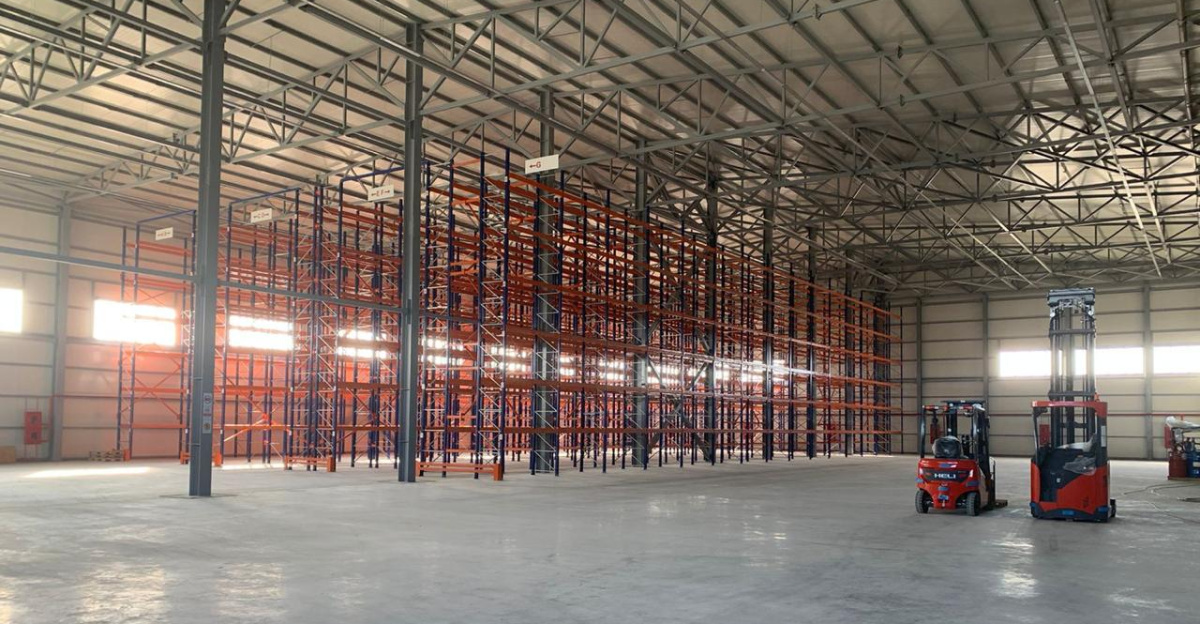
Developers and capital markets are finally reacting to the oversupply. New industrial starts plunged — completions in Q2 were down 45% year-over-year as builders called off planned projects. The balance of what’s coming online is also changing. Build-to-suit deliveries (projects with a committed tenant) have roughly doubled from about 17% of deliveries last year to over 30% today.
More of the pipeline is now tenant-driven, and less is speculative. But the backlog of empty spec warehouses already out there will keep pressure on vacancy rates for a while.
Paradox Revealed
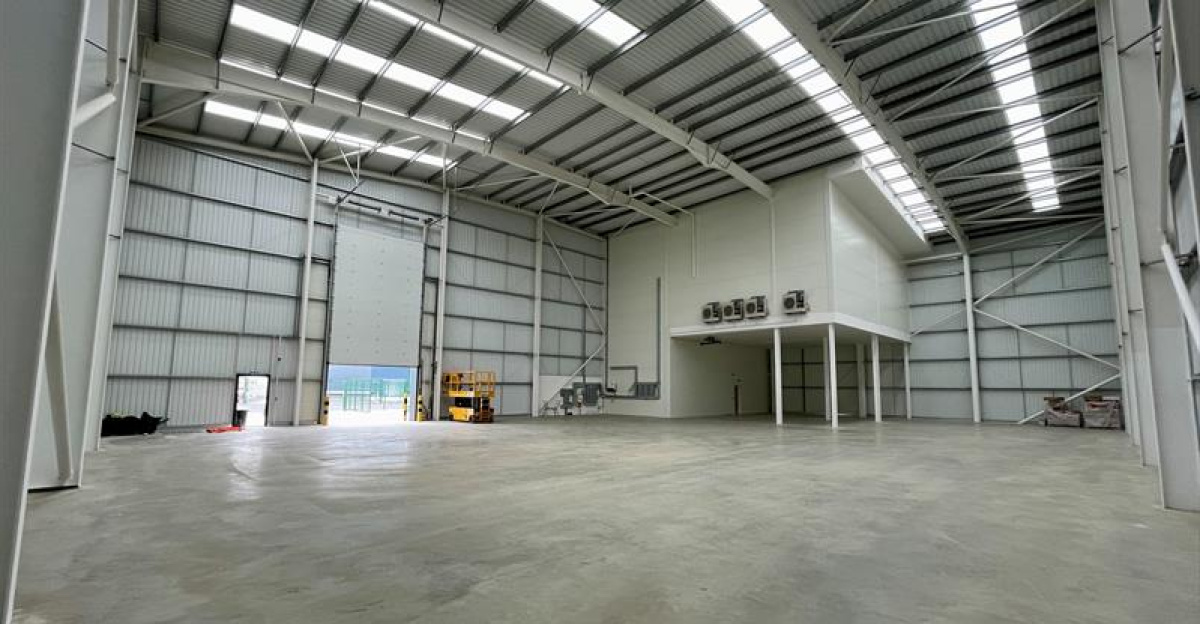
Despite the glut of empty buildings, prices haven’t crumbled. National average warehouse rents hit $10.12 per square foot in Q2 2025, up about 2.6% from a year ago. This seeming contradiction comes down to lease timing and property mix. Long-term leases signed during the boom years are still in effect, keeping market rents elevated.
Moreover, small-to-medium warehouses (those under 100,000 square feet, often in suburbs or city edges) remain tight — vacancy in that segment is only about 4.4%.
Future Reckoning

With construction pipelines now shrinking and speculative projects largely on ice, the industry may be entering a new normal rather than a true downturn. Many experts view the current high vacancy as a market correction – a painful but necessary rebalancing after years of over-expansion.
CoStar analytics head Ben Haythornthwaite predicted that once the excess is absorbed and the market normalizes, growth could resume. His outlook: it may take roughly a year to 18 months for all this new space to find tenants. Under this scenario, vacancy would plateau or even decline in 2026 as demand catches up.